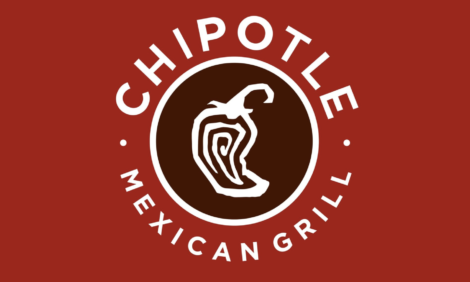



Piglets are key subpopulation in keeping IAV-S circulating
When it comes to influenza A virus in swine (IAV-S), the relationship between the sow’s immune status and piglet protection remains perplexing. In a recent research project, Fabian Chamba, DVM and University of Minnesota PhD candidate, investigated the impact of sow vaccination on piglet immunity and virus transmission.In the study, Chamba sequenced IAV-S to ensure he was monitoring the same virus throughout, and then followed a large breeding herd over several groups of pigs. “We found four different patterns of virus transmission,” he told Pig Health Today.
In one, the piglets had high levels of virus at weaning, followed by a rapid decline. Another pattern showed that a second IAV-S infection peak occurred mid-way through the nursery phase. Additional patterns showed that sow vaccinations provided a high level of immunity but still had a moderate IAV-S prevalence, followed by a further delayed infection peak, or very low virus circulation with negative tests at weaning and in the nursery. The research project did not follow the pigs into the finishing phase, which would be a useful next step.
“We now know that the level of virus in piglets can vary over time, and that piglets are a key subpopulation to maintaining IAV-S in swine populations on a farm,” Chamba said. “This tells us that almost all farms in the US are positive for influenza at different levels and that it is now an endemic disease.”
He noted that the conventional sampling strategies for IAV-S sometimes fall short. “We’ve found that the virus can be circulating in a herd at very low levels, and we think the pigs we’re weaning are negative, but they are not,” Chamba said. “Then the virus shows up later in the nursery or finisher.”
The study did illustrate the importance of matching antigens of the IAV-S vaccine with the virus circulating within the herd. Consequently, veterinarians should implement a surveillance strategy to better understand the virus that the herd is dealing with and its infection pattern within the herd.
“Then the veterinarian and producer can change the vaccine if needed,” Chamba said. “This is a very opportunistic virus. If you give it a chance to circulate and replicate, you will be dealing with a continuously changing virus.”
He adds that there may be influenza-control strategies that have not yet been fully flushed out, such as early weaning, herd closure or batch farrowing. “I wish I could say that we have a recipe to follow to address IAV-S, but that is not the case,” Chamba said. “But based on what we know so far, we believe the focus needs to be on baby pigs.”







